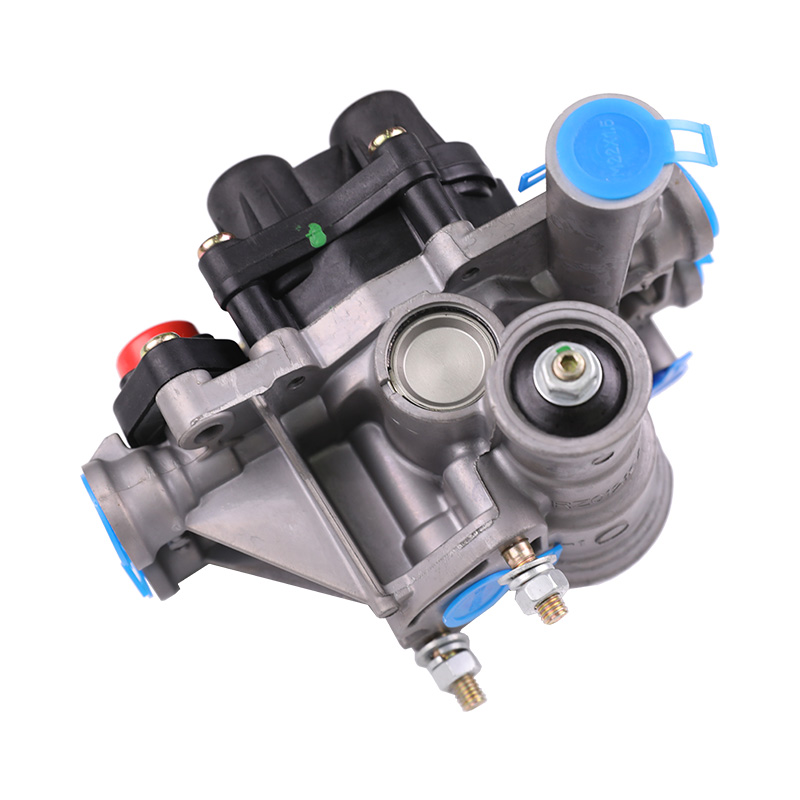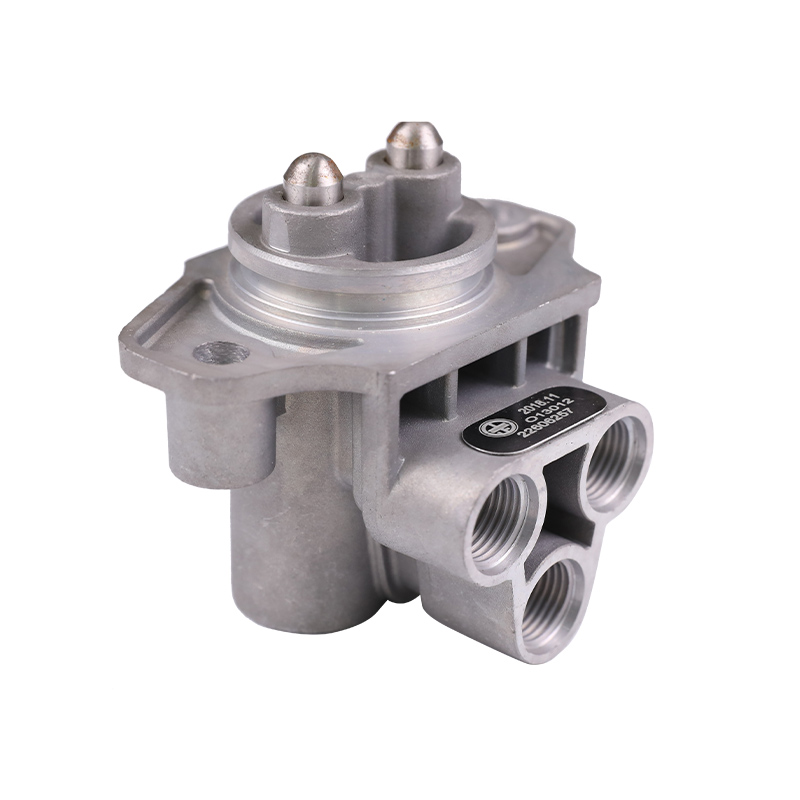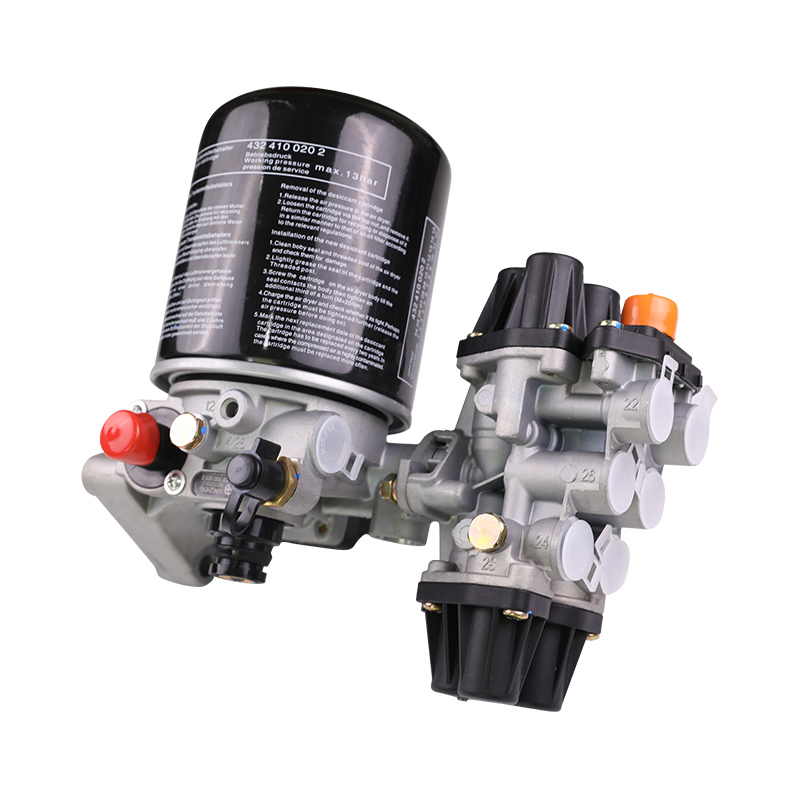In the power transmission system of modern trucks, the performance of the transmission valve is crucial, which directly affects the vehicle's driving stability, power response and overall service life. A variety of external environmental factors can significantly affect the performance of a transmission valve.
Temperature conditions
Temperature is one of the core factors affecting transmission valve performance. Under high temperature conditions, the viscosity of the transmission oil decreases significantly, which not only increases the risk of oil leakage, but may also cause the sealing performance and response speed of the valve to decrease. High temperature will also accelerate the thermal expansion and oxidation of the valve body material, leading to problems such as valve core sticking and seal failure. Relatively speaking, a low temperature environment will cause the oil viscosity to increase and the oil fluidity to weaken, thereby increasing the operating resistance and wear risk of the valve. In addition, low temperature may cause embrittlement of the valve body material and reduce its impact resistance. To this end, we use special alloy steel or stainless steel materials that are resistant to high and low temperatures, and optimize the design of the valve body structure to improve its adaptability and stability under various temperature conditions.
Humidity and pollution
Humidity and contamination are also important factors affecting transmission valve performance. In a high humidity environment, moisture is easily accumulated inside the valve body, causing oil emulsification, corrosion and rust, thereby reducing the sealing and durability of the valve. In addition, humidity may also affect the performance of electronic components inside the valve body, causing unstable or even failure signal transmission. Pollutants such as dust, particulate matter and chemicals in the air may also enter the gearbox and adhere to the surface and interior of the valve body, increasing friction and wear, and even causing the valve to stick. To address these issues, we use corrosion-resistant and anti-pollution materials and strengthen the sealing design of the valve body to reduce the intrusion of moisture and contaminants. At the same time, we provide regular maintenance and servicing services to ensure the cleanliness and proper functioning of the valves.
Vibration and shock
During driving, trucks will inevitably encounter vibrations and shocks, especially on uneven roads. These factors have a profound impact on the performance of the transmission valve. Severe vibration and impact may cause the valve body to loosen, the seal to fail or be damaged. Long-term vibration and impact may also accelerate the fatigue and wear of the internal materials of the valve body, thereby reducing the reliability and service life of the valve. To this end, we select high-strength and high-toughness materials and optimize the structural design of the valve body to enhance the valve's resistance to vibration and impact. At the same time, the connection design between the valve body and the gearbox is strengthened to ensure the stability and reliability of the valve body under vibration and impact conditions.
Oil quality
Oil quality is also an important factor affecting transmission valve performance. The viscosity, cleanliness and anti-oxidation properties of the transmission oil will directly affect the sealing, response speed and durability of the valve. If the oil viscosity is too high or too low, it will increase the operating resistance and wear of the valve; unclean oil may cause the accumulation of impurities and particles inside the valve, thereby increasing friction resistance and wear; and oil with poor antioxidant performance may cause the valve to be damaged. Otherwise, the oil may deteriorate and corrode, and reduce the sealing and durability of the valve. Therefore, we strongly recommend the use of high-quality transmission fluid that meets industry standards, and regular oil changes and testing to ensure the cleanliness of the oil and the stability of its performance.






